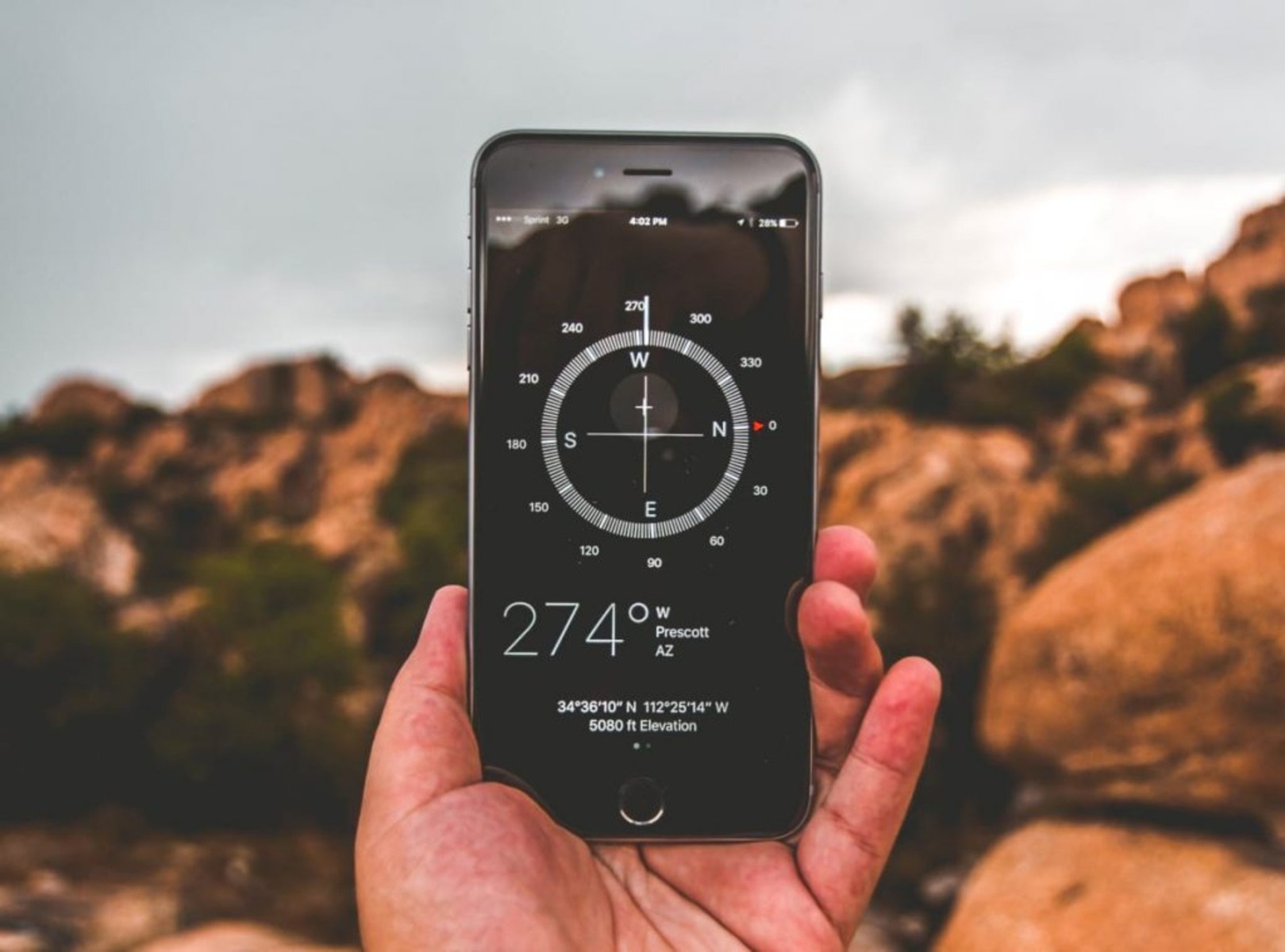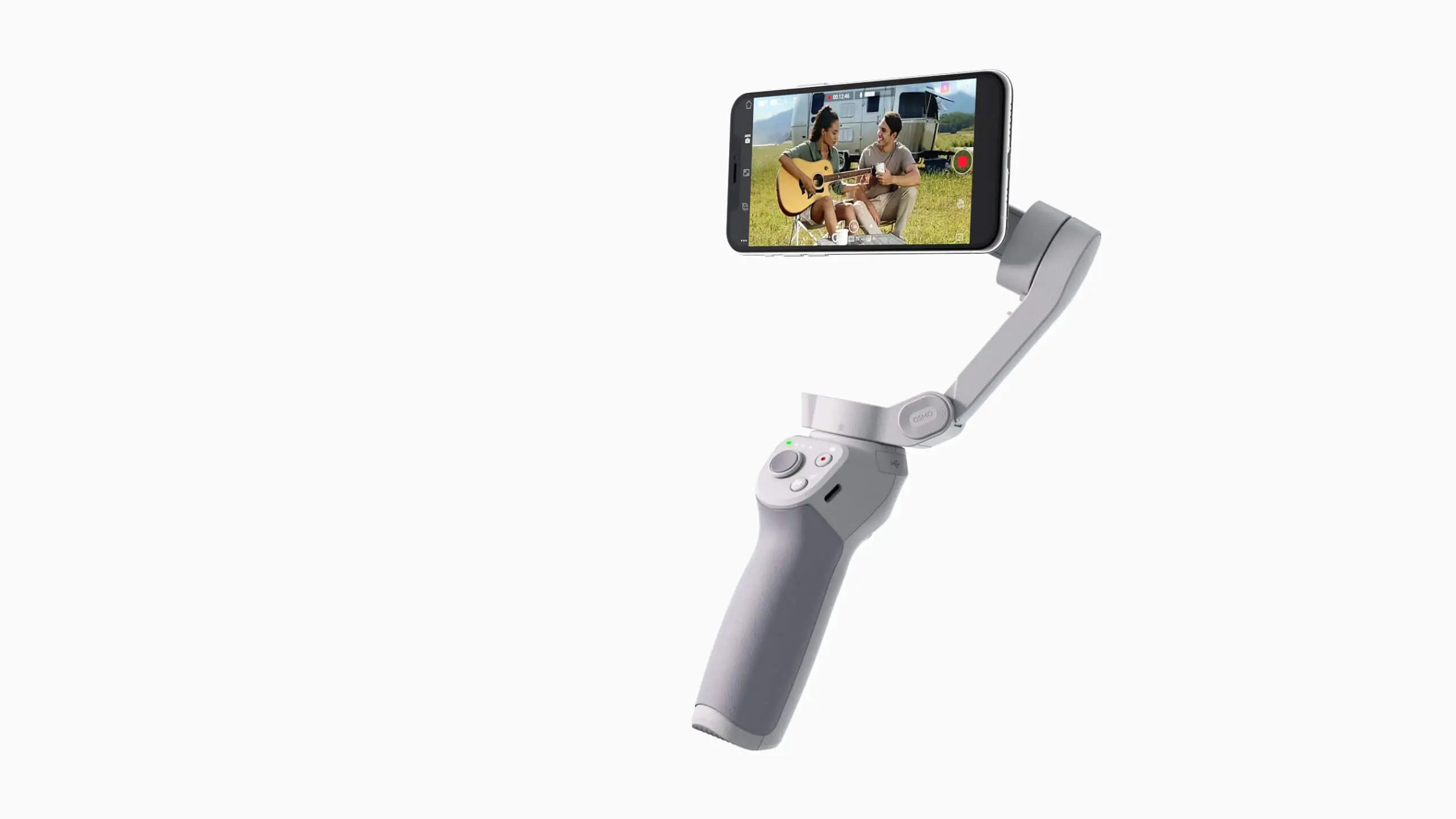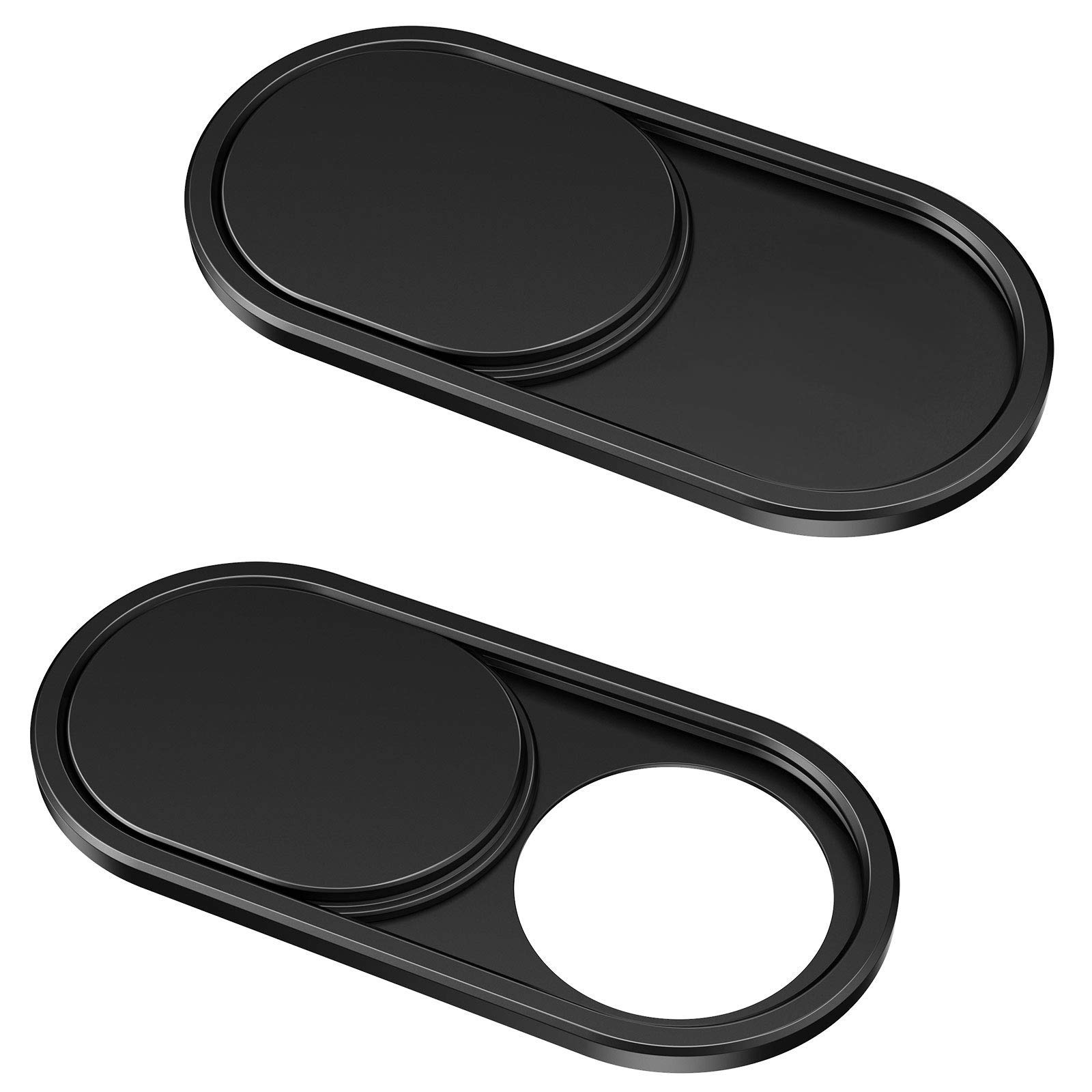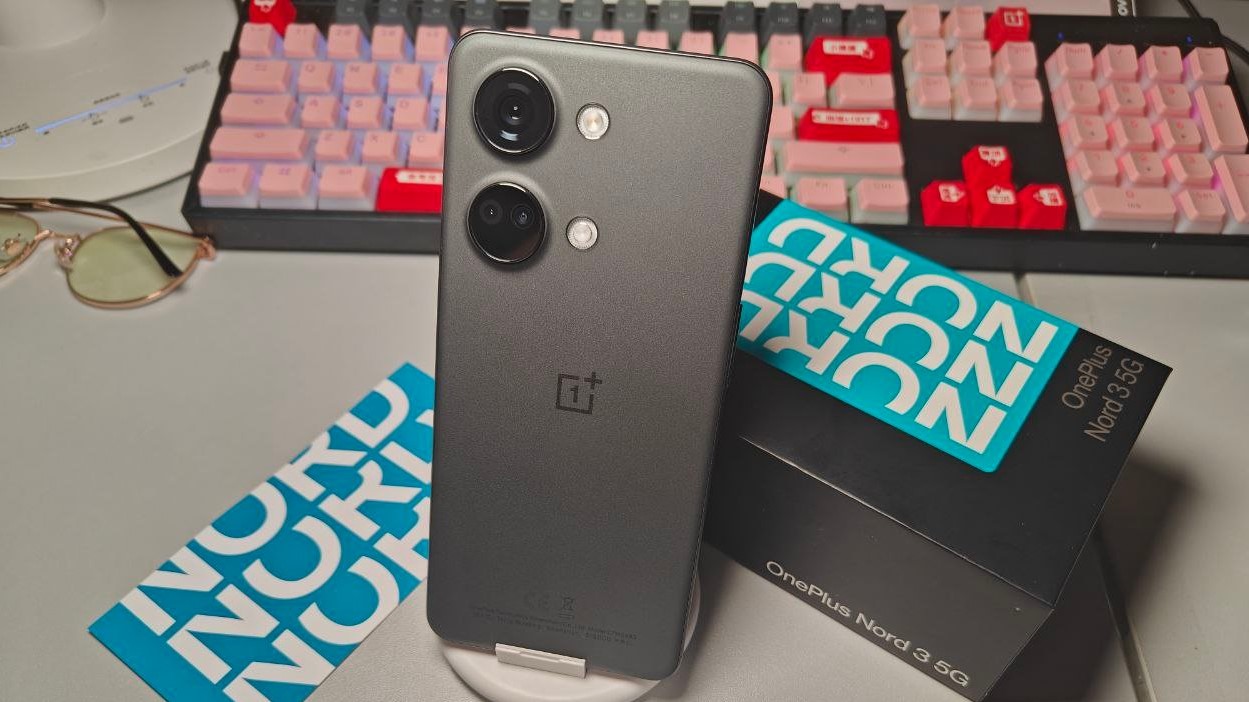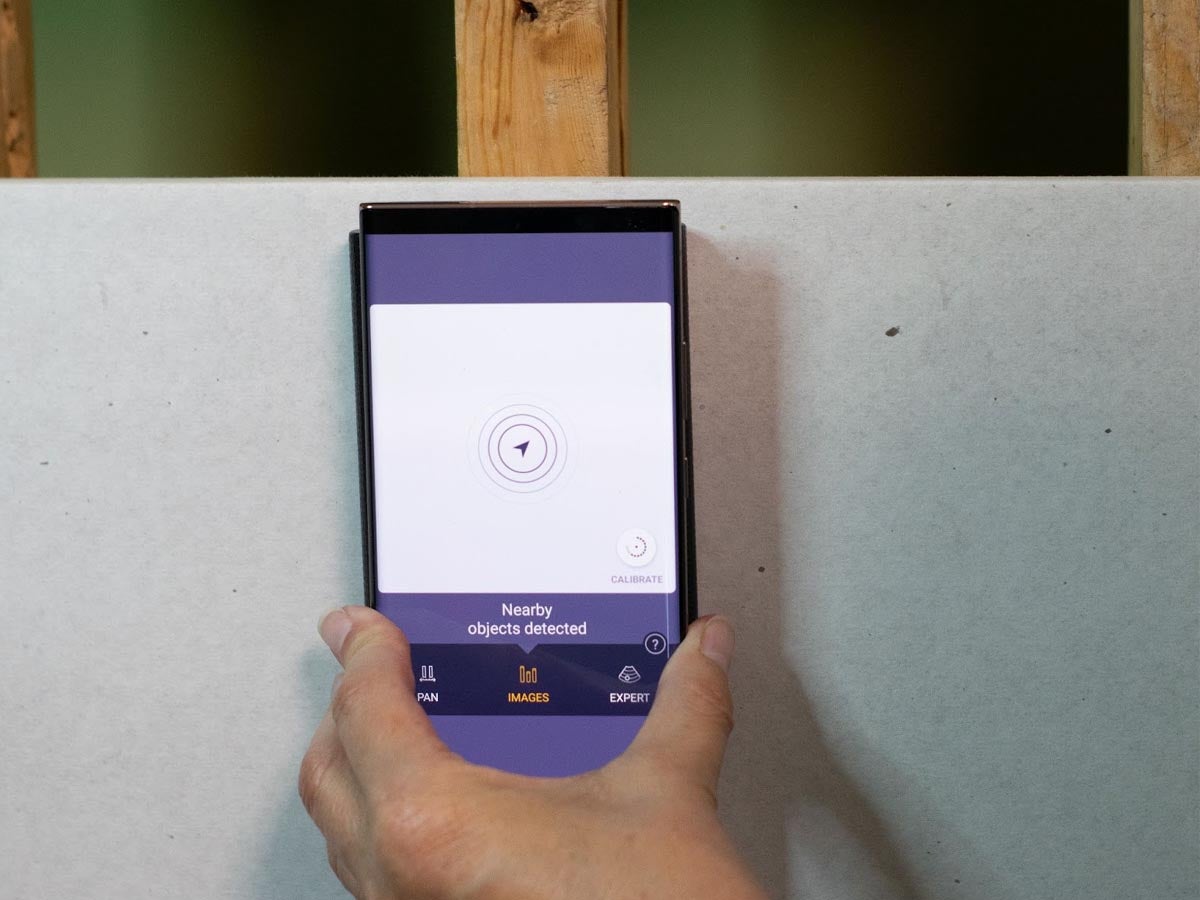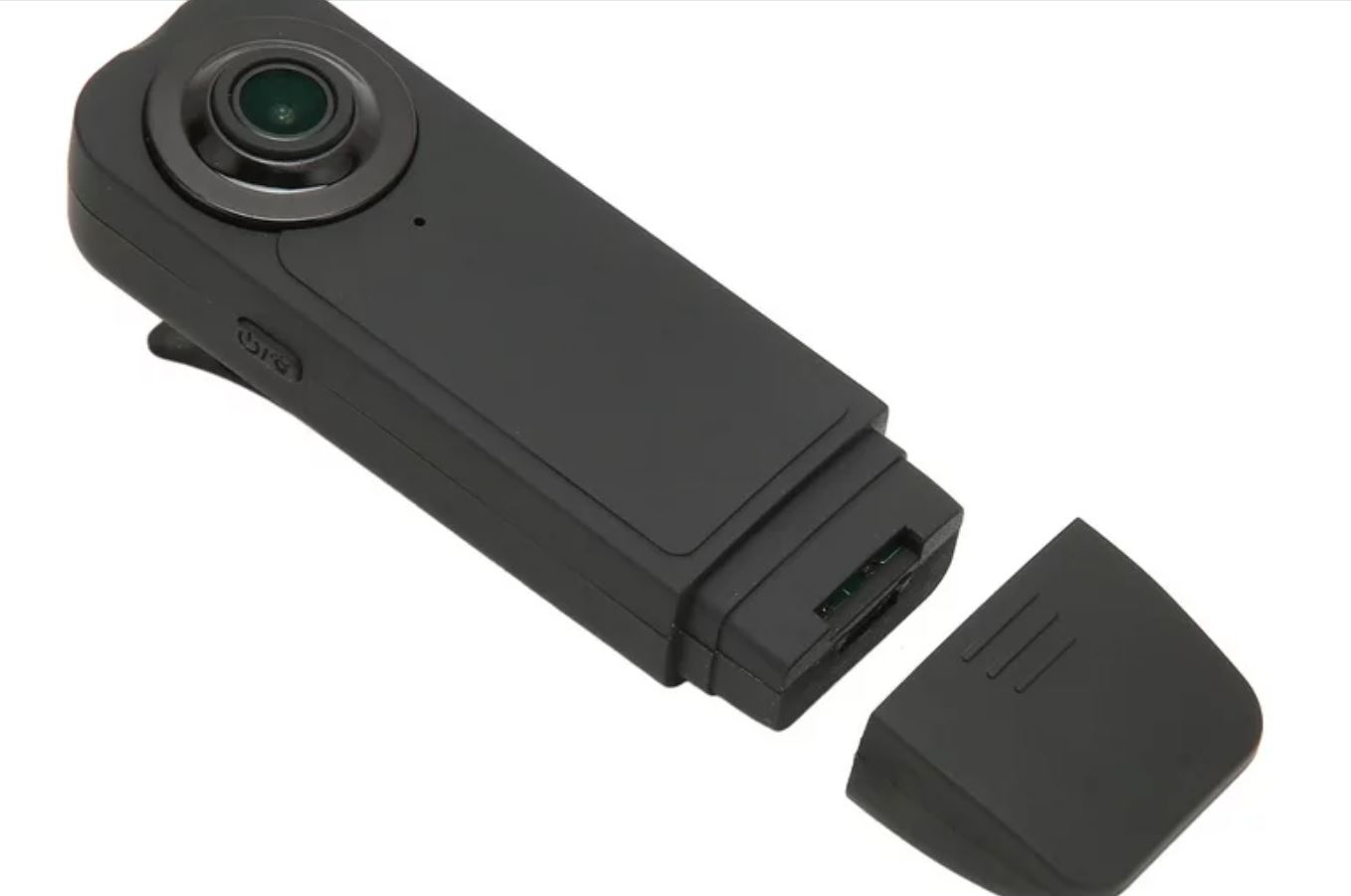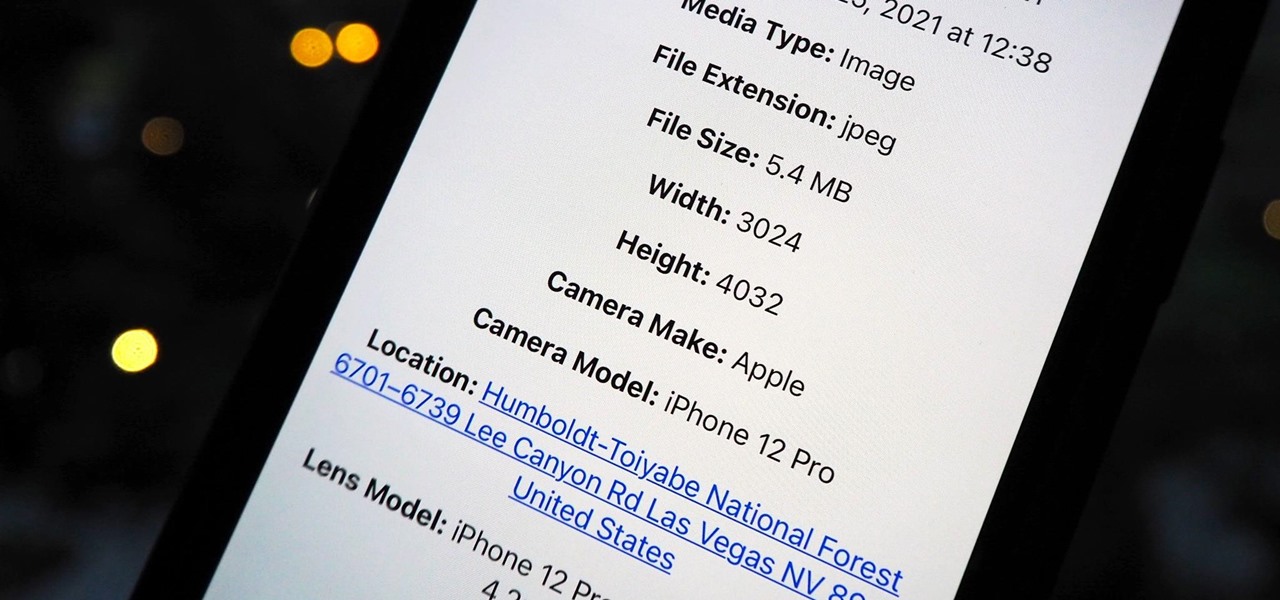Introduction
Welcome to the world of smartphones, where cutting-edge technology meets convenience and innovation. These powerful devices have become an integral part of our lives, revolutionizing the way we communicate, work, and access information. Smartphones are packed with an array of features and sensors that make them versatile and user-friendly. One such sensor is the magnetic sensor.
Magnetic sensors play a crucial role in the functionality of smartphones, enabling a range of capabilities that enhance the user experience. From detecting magnetic fields to enabling compass and navigation features, magnetic sensors are an essential component in modern smartphones.
In this article, we will delve into the fascinating world of magnetic sensors in smartphones. We will explore what they are, how they work, and the various applications they have in these devices. Additionally, we will discuss the benefits of magnetic sensors, as well as the challenges involved in implementing them.
By the end of this article, you will have a deeper understanding of how magnetic sensors contribute to the overall functionality and user experience of smartphones. So, let’s dive in!
What is a Magnetic Sensor?
A magnetic sensor is a type of sensor that detects and measures magnetic fields. It is designed to sense the presence, strength, and direction of magnetic fields in its surrounding environment. These sensors are typically comprised of a magnetoresistive element, such as a Hall effect sensor or a magnetometer, which converts the magnetic field into an electrical signal that can be interpreted by the smartphone’s processor.
Magnetic sensors in smartphones serve a variety of purposes. One common application is in providing a digital compass feature, which allows users to determine their orientation and navigate their surroundings. By detecting the Earth’s magnetic field, the sensor can accurately determine the smartphone’s direction, which is useful for maps, GPS navigation, and location-based services.
Additionally, magnetic sensors can be utilized to detect and measure the strength of magnetic fields produced by external devices or objects. For example, smartphones equipped with magnetic sensors can detect the presence of magnetic closures on cases or covers, automatically turning off the screen or adjusting the device’s settings accordingly.
Moreover, magnetic sensors are instrumental in enabling features such as auto-rotate, where the screen orientation changes from portrait to landscape mode when the smartphone is tilted or rotated. This is accomplished by detecting changes in the Earth’s magnetic field as the device is repositioned.
Overall, magnetic sensors in smartphones play a vital role in providing accurate measurements of magnetic fields and enabling various features that enhance usability and functionality. Through their ability to detect magnetic fields, these sensors provide valuable input to the smartphone’s operating system, helping users navigate, adjust settings, and interact with their devices in a seamless and intuitive manner.
How Does a Magnetic Sensor Work?
Understanding how a magnetic sensor works requires a basic knowledge of magnetism and the principles behind magnetoresistive elements. In smartphones, two common types of magnetic sensors are used – Hall effect sensors and magnetometers, each operating on different principles.
A Hall effect sensor consists of a thin strip of conductive material through which a current flows in the presence of a magnetic field. When there is no magnetic field, the current flows straight through, resulting in equal voltage measurements on both sides of the strip. However, when a magnetic field is applied perpendicular to the direction of current flow, the charges experience a force, creating a voltage difference across the strip. This voltage, known as the Hall voltage, is proportional to the strength of the magnetic field.
The Hall effect sensor in a smartphone measures this Hall voltage and converts it into useful data. The smartphone’s processor then interprets the data to determine the direction and strength of the magnetic field. This information is then used to provide compass functionality, orientation detection, and other magnetic field-related features.
Magnetometers, on the other hand, are based on the principles of magnetoresistance. These sensors detect changes in electrical resistance when exposed to a magnetic field. In smartphones, magnetometers typically utilize magnetoresistive tunnel junctions or anisotropic magnetoresistance (AMR) technology.
When a magnetic field is present, the resistance in the magnetoresistor changes, leading to a change in electrical output. By measuring this change in resistance, the smartphone’s processor can accurately determine the magnetic field’s strength and direction. Magnetometers provide more precise measurements than Hall effect sensors, making them ideal for applications that require high accuracy, such as compass navigation.
In smartphones, both Hall effect sensors and magnetometers work in conjunction with the device’s software algorithms to provide accurate and reliable magnetic field measurements. These sensors continuously monitor the magnetic field and relay the data to the smartphone’s operating system, allowing for various features and functionalities that rely on magnetic field detection.
By employing these magnetic sensors, smartphones are able to accurately detect magnetic fields, provide compass functionality, enable auto-rotate features, and enhance overall usability and user experience.
Applications of Magnetic Sensors in Smartphones
Magnetic sensors in smartphones have a wide range of applications that contribute to the device’s functionality and enhance the user experience. Let’s explore some of the key applications of magnetic sensors in smartphones:
Compass and Navigation: One of the primary applications of magnetic sensors in smartphones is providing a digital compass feature. By detecting the Earth’s magnetic field, smartphones equipped with magnetic sensors can accurately determine the device’s orientation and help users navigate their surroundings. This is particularly useful for map navigation, GPS functionality, and location-based services.
Auto-Rotate: Magnetic sensors play a crucial role in enabling the auto-rotate feature in smartphones. By detecting changes in the Earth’s magnetic field as the device is tilted or rotated, the sensors provide input to the smartphone’s operating system, which then adjusts the screen orientation from portrait to landscape mode and vice versa. This feature greatly enhances the user experience, especially when viewing photos, videos, and webpages.
Smart Cover Detection: Magnetic sensors are also utilized in smartphones to detect the presence of magnetic closures on cases or covers. When a magnetic closure is detected, the sensors can automatically turn off the screen or adjust the device’s settings accordingly. This feature helps conserve battery life and ensures a seamless user experience.
Magnetic Secure Transmission (MST): Some smartphones utilize magnetic sensors to support MST technology, which allows users to make secure payments using their devices. MST technology utilizes magnetic fields to emulate the data transfer method of a magnetic stripe card, enabling seamless payment transactions at magnetic stripe card readers.
Metal Detection: Magnetic sensors in smartphones are used for metal detection applications. By detecting changes in the magnetic field caused by nearby metal objects, smartphones can alert users to the presence of metals, such as hidden metal objects or underground pipes. This has applications in security, construction, and outdoor activities like treasure hunting.
Augmented Reality (AR): Magnetic sensors are essential for AR applications on smartphones. By providing accurate and real-time measurements of the Earth’s magnetic field, smartphones can superimpose digital elements onto the real-world environment, creating an immersive and interactive AR experience.
These are just a few examples of the numerous applications of magnetic sensors in smartphones. As technology continues to advance, we can expect even more innovative uses for magnetic sensors in the future. These applications greatly enhance the functionality and usability of smartphones, providing users with a versatile and enriching experience.
Benefits of Magnetic Sensors in Smartphones
Magnetic sensors in smartphones bring several benefits that contribute to the overall functionality and user experience of these devices. Let’s explore some of the key advantages of magnetic sensors:
Accurate Compass Functionality: The compass feature in smartphones, made possible by magnetic sensors, provides users with accurate and reliable orientation information. Whether it’s navigating through unfamiliar streets or finding the right direction while hiking, the compass feature helps users stay on track and reach their destinations with ease.
Enhanced User Experience: Magnetic sensors enable various features, such as auto-rotate, smart cover detection, and metal detection, which enhance the user experience. Auto-rotate ensures that the screen orientation adjusts correctly when the device is tilted, providing a seamless viewing experience for videos, images, and webpages. Smart cover detection allows the device to automatically turn off the screen when a magnetic closure is detected, saving battery life. Metal detection features help users in various scenarios, from security applications to outdoor activities.
Integration with Augmented Reality (AR): Magnetic sensors play a critical role in the functioning of augmented reality (AR) applications on smartphones. By providing accurate measurements of the Earth’s magnetic field, these sensors enable precise alignment of virtual objects with the real-world environment, creating a seamless and immersive AR experience for users.
Convenience in Payment Transactions: Magnetic sensors in smartphones that support Magnetic Secure Transmission (MST) technology offer users the convenience of secure mobile payments. With MST technology, smartphones can emulate magnetic stripe cards and make secure payments at point-of-sale terminals that only support magnetic stripe card transactions, eliminating the need for physical cards.
Efficient Power Management: Magnetic sensors help in power management by detecting the presence of a magnetic closure on smart covers or cases. When a magnetic closure is detected, the smartphone can automatically turn off the screen or enter a low-power standby mode, conserving battery life and optimizing power consumption.
Reliable Metal Detection: Smartphones with metal detection capabilities, enabled by magnetic sensors, provide users with a reliable tool for detecting hidden metal objects or potential hazards. Whether it’s for security purposes or outdoor activities like treasure hunting, the metal detection feature adds versatility and practicality to smartphones.
In summary, the benefits of magnetic sensors in smartphones include accurate compass functionality, enhanced user experience through features like auto-rotate and smart cover detection, integration with augmented reality applications, convenience in mobile payments, efficient power management, and reliable metal detection. These benefits not only enhance the usability and functionality of smartphones but also provide users with added convenience, security, and immersive experiences.
Challenges in Implementing Magnetic Sensors
While magnetic sensors offer numerous benefits and enable various functionalities in smartphones, their implementation does come with some challenges. Let’s explore some of the key challenges faced in implementing magnetic sensors:
Magnetic Interference: One of the primary challenges is dealing with magnetic interference from external sources. Magnetic fields created by nearby electronic devices, power lines, or ferromagnetic materials can distort the readings of magnetic sensors, leading to inaccurate measurements. To mitigate this issue, smartphone manufacturers employ shielding techniques and algorithms to filter out unwanted magnetic interference.
Calibration and Calibration Drift: Magnetic sensors require calibration to ensure accurate readings. Calibration involves setting the baseline reference for the sensor and mapping its output to the corresponding magnetic field strength. However, over time, the sensor’s calibration may drift due to various factors such as temperature changes and aging. Manufacturers need to implement robust calibration mechanisms to maintain the accuracy of the magnetic field measurements.
Space Constraints: Smartphones are becoming increasingly slim and compact, leaving limited space for sensor placement. Magnetic sensors require sufficient physical distance from other components to prevent interference, thereby posing challenges in integrating them into limited available space.
Power Consumption: Magnetic sensors, particularly magnetometers, can consume significant amounts of power as they require continuous monitoring of magnetic fields. Balancing power consumption with accurate detection and performance is a challenge faced by smartphone manufacturers. Low-power sensor designs and power optimization techniques are employed to address this issue.
Cost Considerations: The cost of implementing magnetic sensors in smartphones can be a barrier for widespread adoption. Magnetic sensors, especially high-precision magnetometers, can be relatively expensive compared to other sensors. Balancing cost and performance while maintaining the desired functionality is a consideration for smartphone manufacturers.
Environmental Variabilities: Magnetic field readings can be influenced by environmental factors such as temperature, humidity, and electromagnetic interference. Smartphone manufacturers need to account for these variabilities and implement algorithms to compensate for any fluctuations in magnetic field measurements caused by environmental factors.
Despite these challenges, continuous advancements in sensor technology and engineering techniques are overcoming these obstacles. Manufacturers are constantly working on improving the accuracy, reliability, and overall performance of magnetic sensors, ensuring that they meet the rigorous demands of modern smartphones.
Conclusion
Magnetic sensors play a crucial role in the functionality and user experience of smartphones. These sensors, such as Hall effect sensors and magnetometers, enable a range of features and applications that enhance usability, navigation, and convenience.
From providing accurate compass functionality to enabling auto-rotate and smart cover detection, magnetic sensors contribute to the seamless and intuitive user experience of smartphones. They also play a vital role in enabling augmented reality applications, magnetic secure transactions, and reliable metal detection.
Implementing magnetic sensors in smartphones does come with challenges, including magnetic interference, calibration drift, space constraints, power consumption, cost considerations, and environmental variabilities. However, through advancements in technology and engineering, smartphone manufacturers are continually improving the performance, accuracy, and reliability of these sensors.
Looking ahead, we can expect magnetic sensors to continue evolving and becoming even more integral to smartphones. With the emergence of new technologies such as 5G, artificial intelligence, and augmented reality, magnetic sensors will play a vital role in enabling innovative applications and enhancing the overall user experience.
In conclusion, magnetic sensors are a crucial component of smartphones, enabling features that add convenience, functionality, and immersion to the user experience. As technology progresses, magnetic sensors will remain at the forefront of smartphone innovation, revolutionizing the way we interact with these powerful devices.







